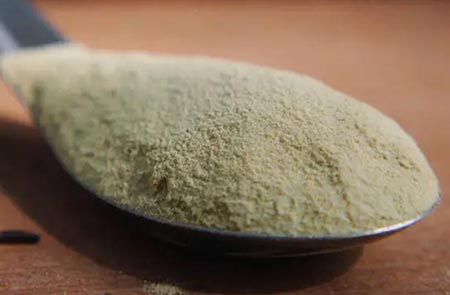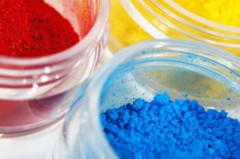Application
Titanium Dioxide Side Effects: What You Need to Know About This Common Additive
In our quest for brighter, whiter products, we often overlook the potential consequences of the ingredients used to achieve these effects. One such ingredient is titanium dioxide, particularly its most common form, rutile titanium dioxide. This ubiquitous compound is found in everything from sunscreens to food products, but what are the potential side effects we should be aware of?
What is Rutile Titanium Dioxide?
Rutile titanium dioxide is a naturally occurring mineral form of titanium dioxide (TiO2). It's prized for its:
1. Brilliant white color
2. High refractive index
3. UV-resistant properties
4. Chemical stability
These characteristics make rutile titanium dioxide a popular choice in various industries, from cosmetics to food production.
The Widespread Use of Rutile Titanium Dioxide
You might be surprised to learn just how prevalent rutile titanium dioxide is in our daily lives. Here's a quick rundown of where you might encounter it:
- Sunscreens and cosmetics
- Food products (as a whitening agent)
- Paints and coatings
- Plastics
- Paper and inks
The global titanium dioxide market was valued at over $13 billion in 2020, with rutile titanium dioxide accounting for a significant portion of this figure!
Potential Side Effects of Rutile Titanium Dioxide
It's important to note that research is ongoing, and not all effects are conclusively proven. However, here are some concerns that have been raised:
1. Respiratory Issues
When inhaled, particularly in its nanoparticle form, rutile titanium dioxide may cause:
- Inflammation of lung tissue
- Potential lung damage with long-term exposure
- Exacerbation of existing respiratory conditions
2. Skin Irritation
While generally considered safe for topical use, some individuals may experience:
- Skin rashes
- Itching
- Mild irritation
3. Potential Carcinogenic Effects
The International Agency for Research on Cancer (IARC) has classified titanium dioxide as a Group 2B carcinogen, meaning it's "possibly carcinogenic to humans." This classification is primarily based on studies involving inhalation exposure.
4. Environmental Concerns
The production and disposal of rutile titanium dioxide can have environmental impacts:
- Mining operations can lead to habitat destruction
- Nanoparticles may accumulate in aquatic ecosystems
- Potential harm to marine life

Balancing Benefits and Risks
Despite these potential side effects, it's essential to consider the benefits that rutile titanium dioxide provides:
1. Effective UV protection in sunscreens
2. Improved opacity and brightness in paints and coatings
3. Food safety benefits as a non-toxic coloring agent
The key is to use products containing rutile titanium dioxide responsibly and to stay informed about ongoing research.
Alternatives to Rutile Titanium Dioxide
For those concerned about the potential side effects, there are alternatives to consider:
- Zinc oxide (for sunscreens)
- Natural food colorings (for food products)
- Eco-friendly paints and coatings
Conclusion
As with many substances in our modern world, the use of rutile titanium dioxide comes with both benefits and potential risks. While it's an incredibly useful compound, it's crucial to be aware of its possible side effects and to use products containing it judiciously.




